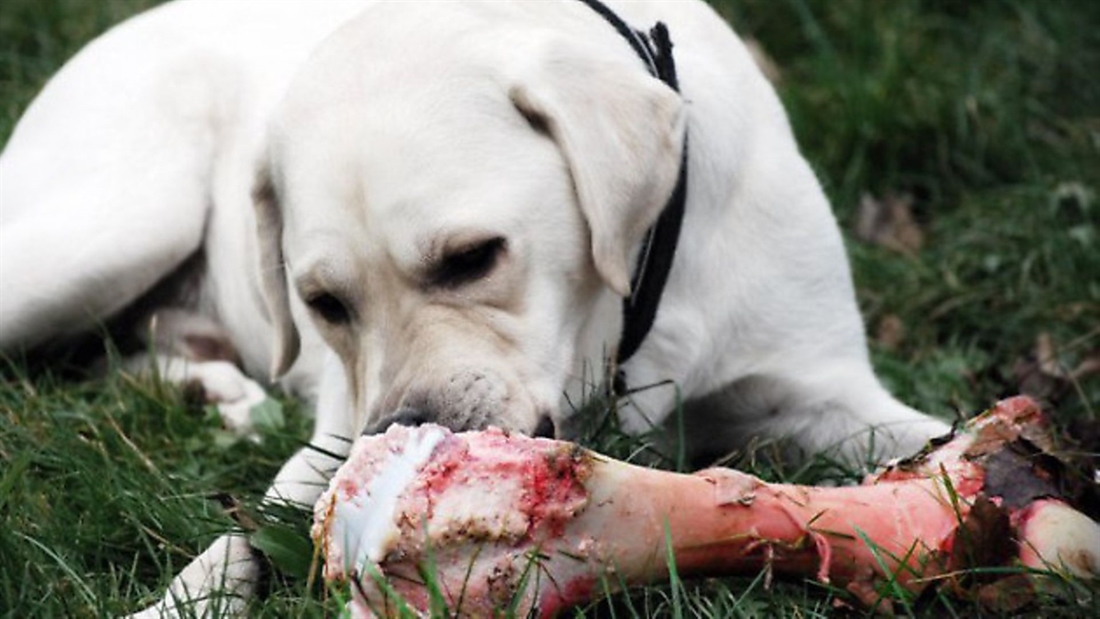Different gundog diets – pros and cons

Vet Vicky Payne weighs up the pros and cons of different diets, to help you decide on the best diet to keep your working gundog in tip top condition
What’s the best thing to feed my dog? This innocent question is one of the best ways to start a passionate debate on internet forums or Facebook! The only thing anyone will agree on is that everyone else is wrong. With more and more foods on the market, all promising great results, what should you feed your gundogs?
Essential nutrients
Water is the number one consideration. Losing 15% of body water can prove fatal, and performance in the field would suffer well before that. Dogs fed wet or raw diets drink less than those on dry food, but ensure your dogs have drinkable water at all times. Offer tepid water little and often during work, but don’t worry about adding electrolytes as trials on sled dogs show they don’t enhance recovery.
Protein is essential for energy and for the repair of muscles and bones. The source of protein is important to ensure adequate essential amino acids for normal behaviour and learning. A diet based on vegetable protein could be lacking in these. For working dogs, 25-40% of the calories should come from proteins (a dry food with 22-35% protein).
Fat provides the highest energy levels, as well as essential fatty acids and fat-soluble vitamins. For working dogs, 30-50% of calories should come from fat (dry foods with 10-18% fat).
Higher fat and protein levels are needed for dogs in sustained hard work, such as those beating all day, several days a week, and these dogs may benefit from a diet based on raw meat, or the addition of extra fat to their diet. Popular choices for adding fat and protein are eggs, tripe, and butcher’s trimmings.
The science bit
Comparing dog foods can be difficult. Foods should state the levels of protein, oils, moisture, and ash. But bear in mind that these are total levels and that to compare properly you need to calculate the dry matter (DM) percentage. A bit of maths is required but a block of tripe is 80% moisture, 10% oils, 10% protein, so the DM fat and protein are 50%. Compare this to a dry food which is 10% moisture, 25% protein and 15% fat – it looks much richer but it has just 28% DM protein and 17% fat. And what about the ash? Some websites claim this is added filler, but it reflects the level of minerals in the diet! Good foods will have a high meat content, but again labels can be misleading. Fresh chicken at the top of an ingredients list may be less of the finished diet than dried chicken meal which comes further down the list on another pack.
Going grain-free
A current trend is for grain-free diets, and while some dogs do better on these, others can tolerate grains very well. Grain-free diets are not necessarily low in carbohydrates though, with many having large amounts of sweet potato or beans.
Ultimately, there is no perfect diet for every dog. If your dog looks well and works well on its current diet, there is no need to change. If you do make a change, switch foods gradually over a week or so to avoid upset stomachs, and give it 12 weeks to really make a difference. A good diet will produce small amounts of easily picked-up poop; large volumes of soft faeces suggest the diet is not being properly digested. Raw diets are popular, and can be cost effective. But do take advice from an experienced raw feeder, or raw feeding vet, to avoid nutritional imbalances.





